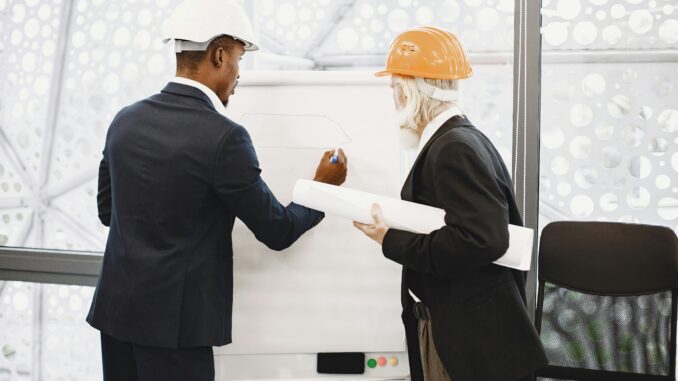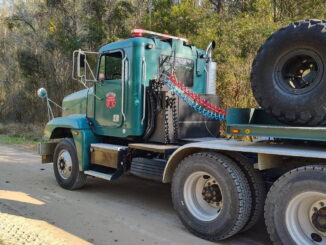

Running a construction company can prove an incredibly lucrative career option – but nothing worth doing is easy. There’s a tremendous amount of logistical work involved in running this sort of business, and things can get overwhelming quickly if you’ve just started.
You’ve likely already got the big stuff ironed out, but given the scale of your standard construction project, there’s likely plenty you haven’t thought of.
This article is here to provide a little clarity on that. Here are three logistical considerations for running a construction company that might have slipped by you.
- Supplying Your Equipment
One thing many new construction companies neglect to prioritize is their fuel requirements. Virtually everything on site will need copious amounts of fuel to sustain the daily grind, and it’s easy to make a mistake somewhere, with just one piece of key equipment, and have your whole operation grind to a halt.
Sorting all your fuel requirements before you commence operations is the clear answer, but sometimes, even having done so, you’ll run into issues. One solution is an on-site fuel delivery service like FHG Fueling – Diesel Fuel Service: they can supply you with everything you need to get back up and running if you end up using more fuel than you need.
- On-Site Access
While there’s a lot to think about in terms of what’s going on inside the construction site, there’s also the matter of the general perimeter and who’s affected by the work.
It might sound like something that should be simple, but you’ll need to spend a lot of time liaising with local authorities, residents, and nearby businesses to make sure both vehicle and foot traffic are directed appropriately. You’ll also need to remember to be respectful, keeping noise levels to a minimum where possible, as well as avoiding any other disruptions where you can.
Usually, it’s a good idea to employ someone to organize these matters, or at least have the site manager take on the role.
- Storing and Handling Your Materials
Material storage and handling are another key part of the equation. You’ve likely already thought about how you’ll order and pay for what you need, but it’s also critical to be aware of where these materials are at any given time.
Timber and bricks are a trip and fall hazard, and if left on an upper level, they could even fall down and cause a fatality in the worst-case scenario. You’ll need to make sure you’ve dedicated one or several areas to storing all your materials when not in use, and have appropriate methods for protecting them from exposure to wind and rain if they’re affected by the elements.
This all requires careful forward planning long before workers set foot on site, so make sure you prepare properly beforehand.
Wrapping Up
Hopefully, you’re now a little clearer on these important aspects of running a construction site. There’s plenty more to learn, so make sure you go over your operations with a fine-tooth comb to make sure everything’s above board.
(Contributed Post)
























